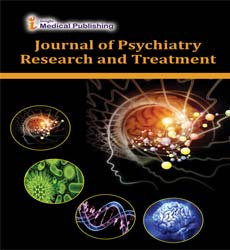Hallucinogen persisting perceptual disorder: a review covering frequency, risk factors, prevention and treatment
Abstract
Introduction: Hallucinogen persisting perception disorder (HPPD) affects a subset of persons who use hallucinogens and is defined as the repeated experience of hallucinations and other perceptual disturbances as a result of prior intoxications. As hallucinogens are under development for the treatment of select mental disorders, there is a need to better characterize this disorder.
Areas covered: A scoping review of the literature on HPPD was completed from inception to July 2021. Topics covered in the review herein include treatments for HPPD, prevalence or incidence data on HPPD amongst different classes of hallucinogens, risk factors for HPPD, and data pertaining to the pathophysiology of HPPD.
Expert opinion: HPPD appears to be an uncommon yet serious event associated with prior hallucinogen exposure. The renewed interest in psychedelics for select mental disorders, especially agents with hallucinogenic potential provides the impetus to characterize HPPD in its frequency, risk and protective factors, key characteristics, as well as other clinical and treatment related factors.
Keywords: GABAergic dysfunction; HPPD; adrenergic overactivation; adverse events; drug toxicity; hallucinogens; perceptual disorders; serotonergic.
Open Access Journals
- Aquaculture & Veterinary Science
- Chemistry & Chemical Sciences
- Clinical Sciences
- Engineering
- General Science
- Genetics & Molecular Biology
- Health Care & Nursing
- Immunology & Microbiology
- Materials Science
- Mathematics & Physics
- Medical Sciences
- Neurology & Psychiatry
- Oncology & Cancer Science
- Pharmaceutical Sciences
